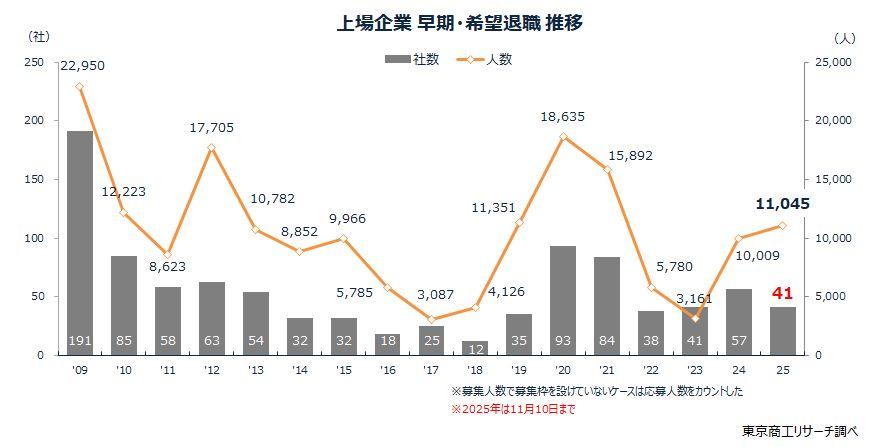
Sky-gazers worldwide may get the chance to see a celestial display this week as the annual Leonid meteor shower reaches its peak.
The Leonids are set to peak at 1 p.m. ET Monday, according to EarthSky. You may start glimpsing meteors at 11 p.m. Sunday local time, which is when the constellation Leo rises over the horizon. But it’s best to watch for them between 4 a.m. Monday and sunrise local time, said Robert Lunsford, fireball report coordinator for the American Meteor Society.
“Unlike a lot of (meteor) showers, the Leonids have a very sharp peak,” Lunsford said, adding there is only one good night for viewing.
The Leonids’ parent comet, 55P/Tempel-Tuttle, is to thank for this brief duration. The size of the comet’s debris trail is small, so Earth passes through it for a short amount of time.
The meteors you’ll see around 11 p.m. Sunday will be Earth grazers, Lunsford said, which means they’ll last longer than normal and will shoot across a large portion of the sky. “But you won’t see as many because a lot of the Leonid activity will be shooting downward below the horizon,” he added.
Under clear weather conditions, you can expect to see 10 to 15 meteors per hour.
Showers and storms
While a meteor shower is expected this year, the Leonids are known for occasionally producing tremendous meteor storms, with at least 1,000 meteors per hour.
The last Leonid meteor storm was in 2002. However, one of the most memorable storms occurred in 1966 when “we passed right through the center of one of the Leonid streams and rates were estimated at 40 meteors per second,” Lunsford said.
That storm had meteor activity so prevalent in the sky that meteors appeared to fall like rain.
High meteor activity coincides with when the comet 55P/Tempel-Tuttle reaches perihelion — its closest approach in orbit to the sun. It takes the comet 33 years to orbit the sun, so the larger Leonid meteor showers — and sometimes storms — tend to occur about every 33 years.
For a storm to happen, Earth has to pass through a dense part of the comet’s debris during perihelion, but sometimes our planet only skims the outskirts.
The next shower that will coincide with the comet’s orbital cycle will take place in 2033, but it is not expected to be a storm, Lunsford said. “We may see rates of around 100 an hour, which is comparable to the Geminids,” he said, “but we certainly don’t expect any storms which are 1,000 meters an hour.”
Upcoming meteor showers
Here are the peak dates of the two remaining meteor showers anticipated this year, according to the American Meteor Society and EarthSky.
Geminids: December 13-14
Ursids: December 21-22
Upcoming supermoon
Look out for the last full supermoon this year.
December 4: Cold moon
Sign up for CNN’s Wonder Theory science newsletter. Explore the universe with news on fascinating discoveries, scientific advancements and more.
For more CNN news and newsletters create an account at CNN.com
 Greece eyes migrant repatriation centres outside the EU
Greece eyes migrant repatriation centres outside the EU 19 Peculiar Films You Shouldn't Watch With Your Mum
19 Peculiar Films You Shouldn't Watch With Your Mum Top 20 Wellbeing and Wellness Applications for a Sound Way of life
Top 20 Wellbeing and Wellness Applications for a Sound Way of life Tech for Wellbeing: Applications and Devices for a Better You
Tech for Wellbeing: Applications and Devices for a Better You Ariana Grande says Eternal Sunshine 2026 tour will be her last for a 'long, long time': 'One last hurrah'
Ariana Grande says Eternal Sunshine 2026 tour will be her last for a 'long, long time': 'One last hurrah' 上場企業の早期・希望退職募集41社 約8割がプライム 明治HDやオリンパスが実施発表、黒字リストラが恒常化(東京商工リサーチ)
上場企業の早期・希望退職募集41社 約8割がプライム 明治HDやオリンパスが実施発表、黒字リストラが恒常化(東京商工リサーチ) 坂本花織 浅田真央に並ぶ4度目V 地元で魅せた今季世界最高点「リベンジできた」 自らにカツ入れ復活(スポニチアネックス)
坂本花織 浅田真央に並ぶ4度目V 地元で魅せた今季世界最高点「リベンジできた」 自らにカツ入れ復活(スポニチアネックス) 古すぎるゲームを復活させるのは、もはや難しいのか? リメイク版「ドラゴンクエスト」が賛否両論の理由(東洋経済オンライン)
古すぎるゲームを復活させるのは、もはや難しいのか? リメイク版「ドラゴンクエスト」が賛否両論の理由(東洋経済オンライン) The most effective method to Guarantee Scholastic Honesty in Web-based Degrees
The most effective method to Guarantee Scholastic Honesty in Web-based Degrees













